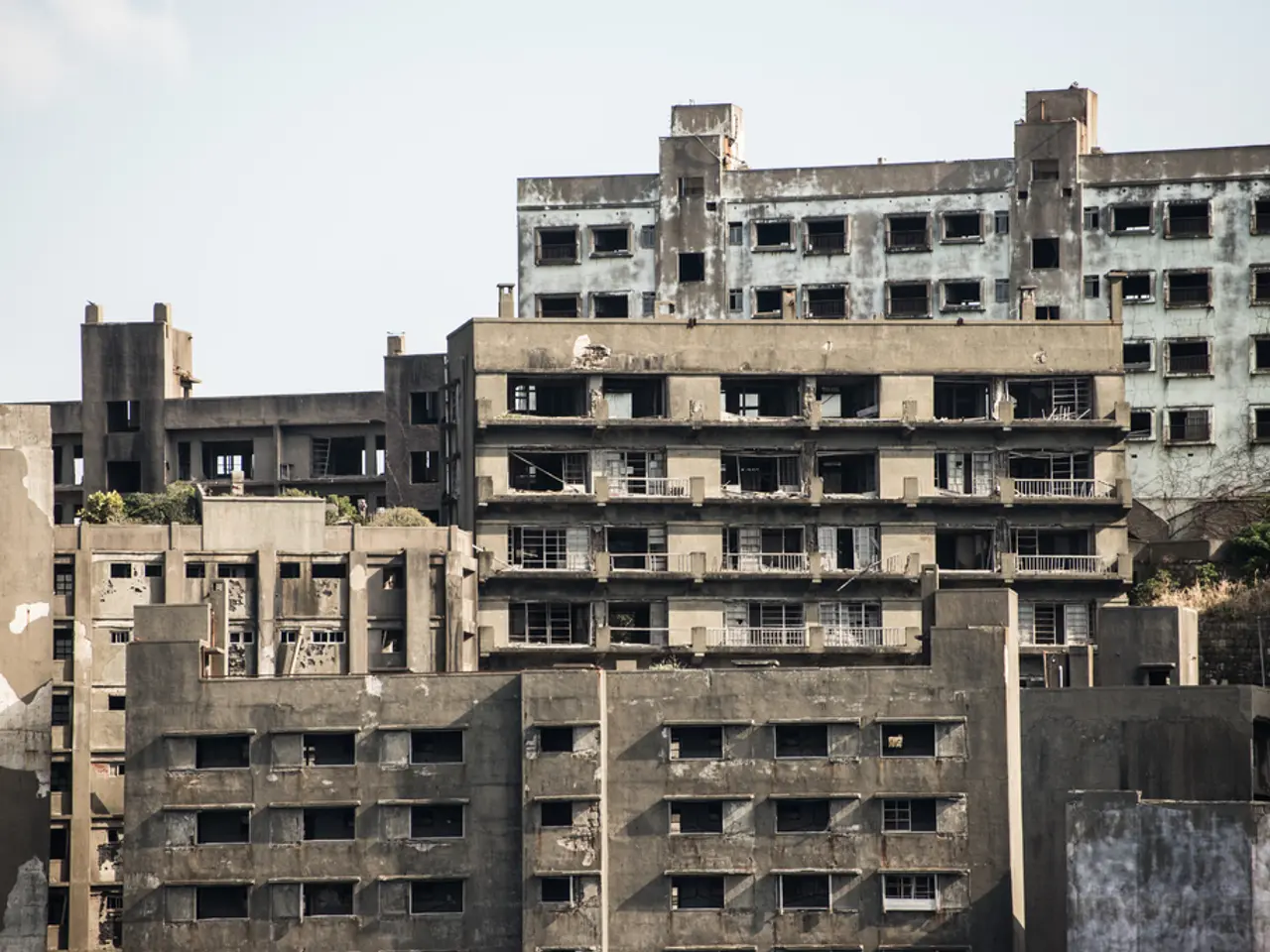Solar analysis reveals underutilization: Major Philippine cities harness less than 1% of their rooftop solar capacity potential
The Institute for Climate and Sustainable Cities (ICSC) has developed a new tool called SPECTRUM, an AI-powered platform designed to map, monitor, and estimate rooftop solar energy capacity across the Philippines. Powered by machine learning algorithms and high-resolution satellite imagery, SPECTRUM is set to revolutionize the way solar energy is assessed in the country.
According to the platform, the Philippines currently has an unrealized rooftop solar potential of approximately 1,846 MW, with the highest concentration in Luzon (1,309.64 MW), followed by Visayas (472.48 MW), and Mindanao (61.08 MW).
One city that stands out for its solar coverage is Bacolod City, which boasts a solar penetration of 0.81 per cent. This underscores the vast opportunity for scaling up distributed solar deployment in the country's densest urban regions. However, the ICSC report reveals that Metro Manila, which has the largest rooftop area, only covers 0.47 per cent with solar panels.
SPECTRUM is not just a tool for identifying existing solar installations, but also for estimating their electricity generation potential with around 90% accuracy. It provides detailed, up-to-date data on installed rooftop solar systems, categorized into residential, commercial, and utility-scale.
By making rooftop solar installations visible, measurable, and trackable, SPECTRUM assists local governments, utilities, solar developers, and communities in planning, promoting net metering, identifying solar-ready zones, and formulating evidence-based renewable energy policies. This informed approach supports the acceleration of the Philippines' transition to clean and distributed solar energy.
However, despite the potential, actual solar adoption across major Philippine cities remains below 1% of the total rooftop solar potential. This situation highlights significant opportunities for expansion in urban areas such as Metro Manila, Cebu, Iloilo, and Davao.
The ICSC believes that the ongoing implementation of the SPECTRUM initiative will help identify potential projects and explore new business models. The platform is expected to play a central role in accelerating the Philippines' energy transition, as the country strives to meet its targets under the National Renewable Energy Programme (NREP 2020-2040), which calls for 35% renewable energy in the power mix by 2030, and 50% by 2040.
Asia has been a leader in global renewable growth over the past decade, with China, India, and Asean members driving much of this progress. The Philippines, too, is poised to contribute significantly to this movement, with platforms like SPECTRUM leading the way.
[1] ICSC. (2022). SPECTRUM: Solar Power Estimation of Capacities and Tracking Using Machine Learning. Retrieved from https://www.icsc.ph/spectrum [2] Manansala, J. (2022). Unregistered solar rooftop capacities could contribute significantly to renewable energy generation targets. Retrieved from https://www.icsc.ph/news/unregistered-solar-rooftop-capacities-could-contribute-significantly-to-renewable-energy-generation-targets [3] Willis Towers Watson. (2021). Renewable Energy Market Review 2025. Retrieved from https://www.willistowerswatson.com/en-GB/insights/2021/06/renewable-energy-market-review-2025 [4] Department of Energy. (2020). Expanded Rooftop Solar Programme (ERSP). Retrieved from https://doe.gov.ph/programs/expanded-rooftop-solar-programme-ersp
- The Institute for Climate and Sustainable Cities (ICSC) has introduced SPECTRUM, an AI-powered platform that uses machine learning algorithms and high-resolution satellite imagery to map, monitor, and estimate rooftop solar energy capacity in the Philippines.
- The Philippines has an unrealized rooftop solar potential of approximately 1,846 MW, with the highest concentration in Luzon, followed by Visayas and Mindanao.
- The solar penetration in Bacolod City is 0.81 percent, signifying a considerable opportunity for scaling up distributed solar deployment in densely populated urban regions.
- SPECTRUM isn't just for identifying existing solar installations; it also estimates their electricity generation potential with around 90% accuracy.
- SPECTRUM aids local governments, utilities, solar developers, and communities in planning, promoting net metering, identifying solar-ready zones, and formulating evidence-based renewable energy policies, thereby supporting the acceleration of the Philippines' transition to clean and distributed solar energy.
- Although the solar adoption in major Philippine cities is below 1%, there are substantial opportunities for expansion in urban areas like Metro Manila, Cebu, Iloilo, and Davao.
- The ICSC's SPECTRUM initiative is expected to play a key role in the Philippines' energy transition as it strives to meet its targets under the National Renewable Energy Programme (NREP 2020-2040), which aims for 35% renewable energy in the power mix by 2030, and 50% by 2040.




